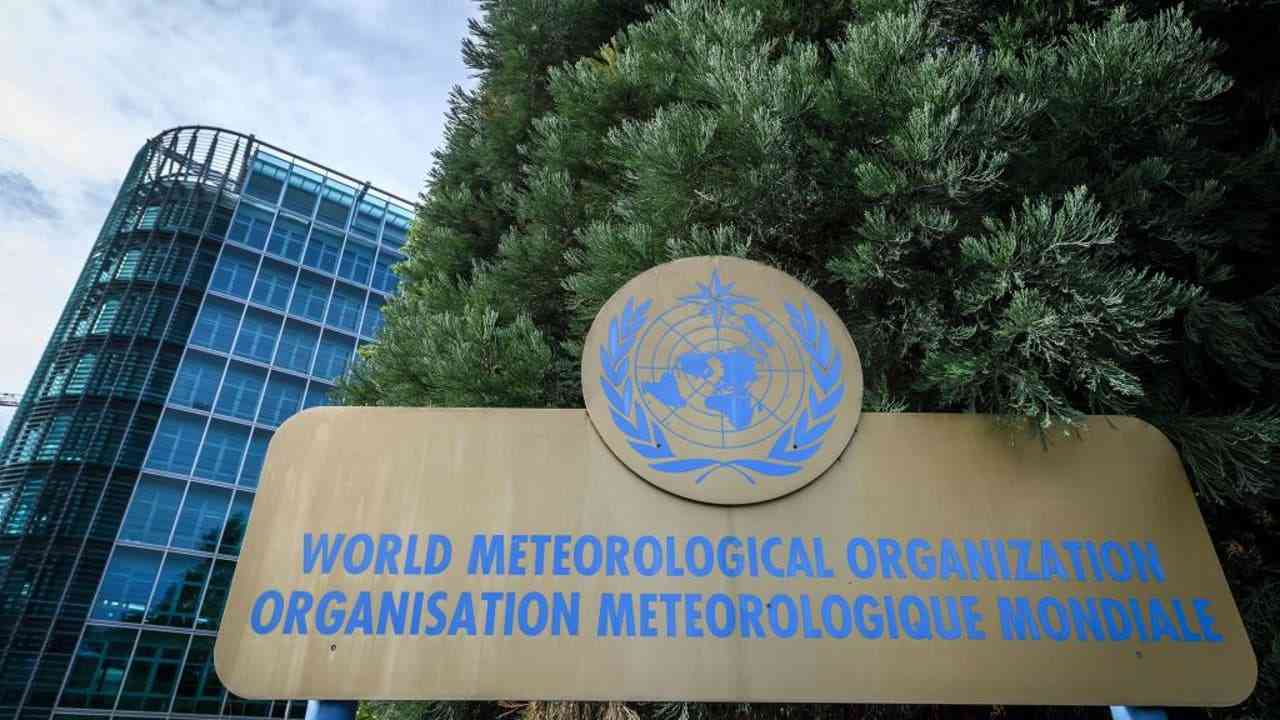A disaster related to weather, climate or water hazard occurred every day on an average over the past 50 years — killing 115 people and causing $202 million in losses daily, a new report by the World Meteorological Organization (WMO) said on Wednesday.
The number of disasters has increased by a factor of five over the past 50-year period, driven by climate change, more extreme weather conditions and improved reporting. But thanks to improved early warnings and disaster management, the number of deaths decreased by almost three-fold, according to the ‘WMO Atlas of Mortality and Economic Losses from Weather, Climate and Water Extremes (1970-2019)’.
There were more than 11,000 reported disasters attributed to these hazards globally, with just over 2 million deaths and $3.64 trillion in losses.
In Asia, 3,454 disasters were recorded from 1970-2019, with 9,75,622 lives lost and $1.2 trillion in reported economic damages. Asia accounts for nearly one third (31 per cent) of weather, climate and water-related disasters reported globally, accounting for nearly half of the deaths (47 per cent) and one-third (31 per cent) of associated economic losses. Most of these disasters were associated with floods (45 per cent) and storms (36 per cent).
Storms had the highest impacts on life, causing 72 per cent of the lives lost, while floods led to the greatest economic losses (57 per cent).
The top 10 recorded disasters in Asia account for 70 per cent (6,80,837 deaths) of the total lives lost and 22 per cent ($266.62 billion) of economic losses in the Asian region, a release from the WMO said.
WMO secretary-general Petteri Taalas said, “Economic losses are mounting as exposure increases. But, behind the stark statistics lies a message of hope. Improved multi-hazard early warning systems have led to a significant reduction in mortality. Quite simply, we are better than ever before at saving lives,” Taalas said.
The report is the most comprehensive review of mortality and economic losses from weather, water and climate extremes to date. It assesses the entire 50-year period as well as by individual decade, the WMO said.
From 1970 to 2019, weather, climate and water hazards accounted for 50 per cent of all disasters, 45 per cent of all reported deaths and 74 per cent of all reported economic losses.
More than 91 per cent of these deaths occurred in developing countries (using the United Nations country classification). Of the top 10 disasters, the hazards that led to the largest human losses during the period have been droughts (6,50,000 deaths), storms (5,77,232 deaths), floods (58 700 deaths) and extreme temperature (55,736 deaths).
Deaths decreased almost threefold from 1970 to 2019. The death toll fell from over 50,000 in the 1970s to less than 20,000 in the 2010s. The 1970s and 1980s reported an average of 170 related deaths per day. In the 1990s, that average fell by one-third to 90 related deaths per day, then continued to fall in the 2010s to 40 related deaths per day.
With regard to economic losses, the top 10 events include storms ($521 billion) and floods ($115 billion).
During the 50-year period, $202 million dollars in damage occurred on an average every day. Economic losses have increased seven-fold from the 1970s to the 2010s. The reported losses from 2010-2019 ($383 per day on average over the decade) were seven times the amount reported from 1970-1979 ($49 million).
Storms were the most prevalent cause of damage, resulting in the largest economic losses around the globe. It is the sole hazard for which the attributed portion is continually increasing, the WMO release said.
Three of the costliest 10 disasters occurred in 2017: Hurricanes Harvey ($96.9 billion), Maria ($69.4 billion) and Irma ($58.2 billion). These three hurricanes alone accounted for 35 per cent of the total economic losses of the top 10 disasters around the world from 1970 to 2019.


















